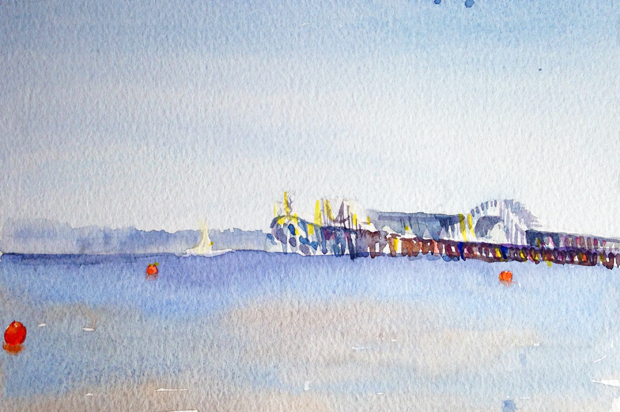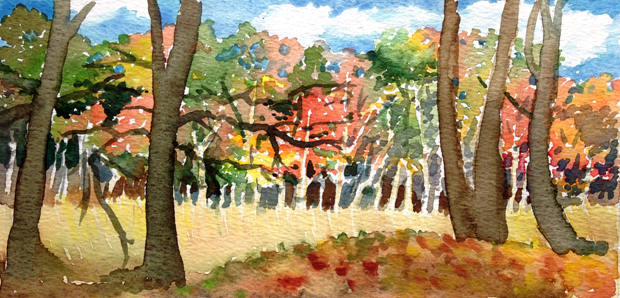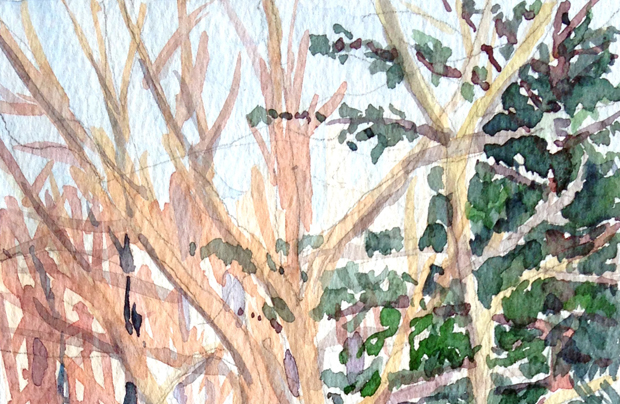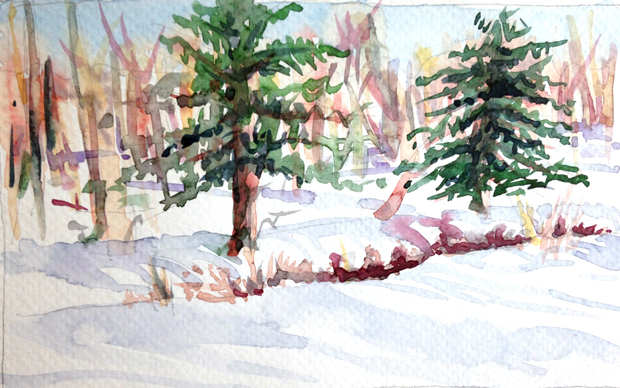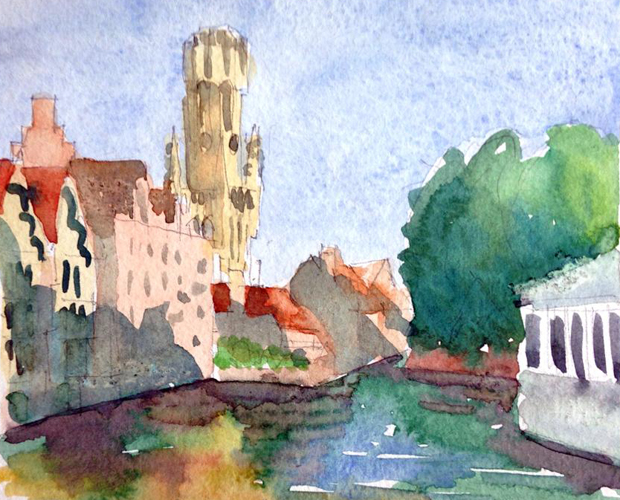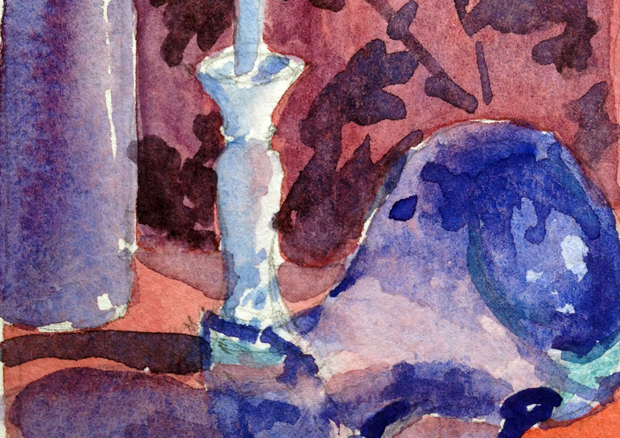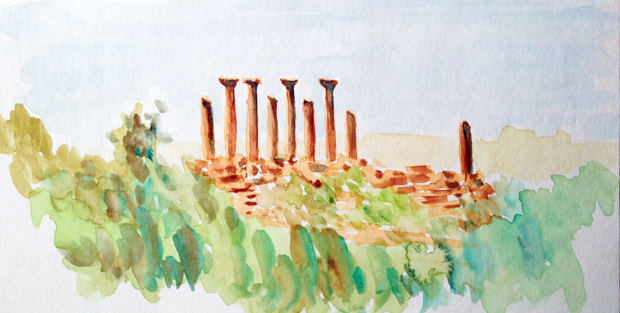Part of living into new stories of connection and belonging is to recognize that our body is an incredible gift, an ally in this life, and a teacher. Recently, in the middle of a particularly grueling interval training class at the gym, this thought hit me: the only way to become the sort of person who can do these exercises is to do them. In one of the cruelly brief breaks between stations, I mentioned it to the class leader. Joking as I struggled to catch my breath that it’s a good lesson for life. She said, not only that, but you’re not supposed to get good at the exercises. It works this way: as soon as you can do them, you have to find a way to challenge yourself again. You always want to be reaching to the point of failure.
Reaching to the point of failure is the opposite of how I was raised. I was taught that whatever you do, at all costs, never, never, ever fail. Play it safe, go easy, don’t make waves, toe the line, do what you’re told. Oh, and excel at things. At everything you try, preferably. Bonus points for making it look easy. If you can’t excel, don’t try it. If this sounds unfamiliar and sadly neurotic to you, congratulations. You’re probably better equipped to live in these crazy times than I am. My inherited aversion to risk seems related to my disconnection from my body. Both come from and engender a lack of trust. Continue reading

